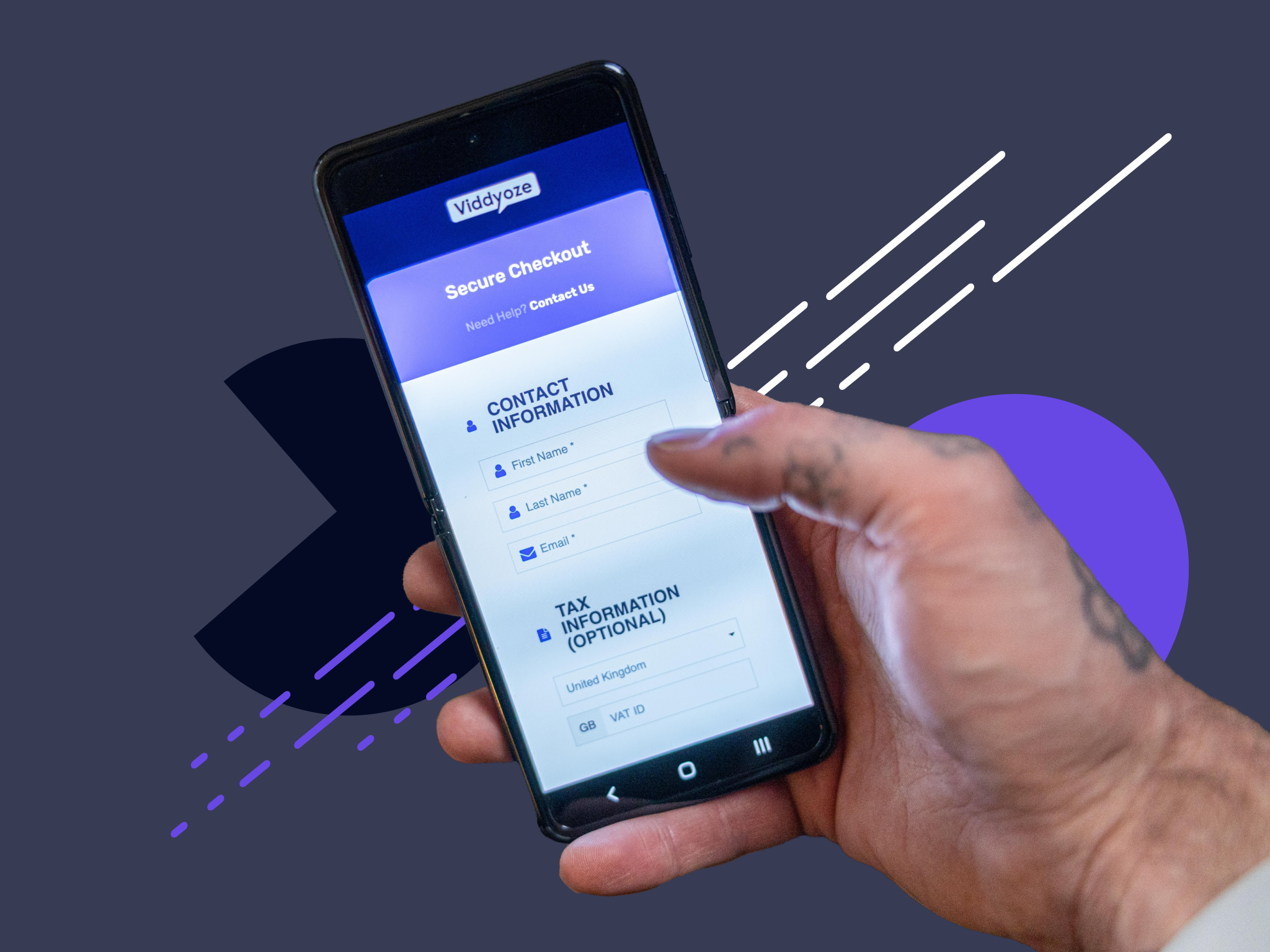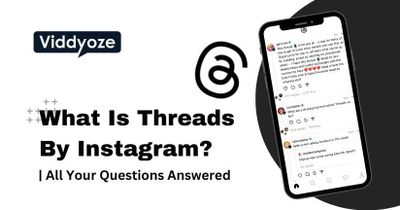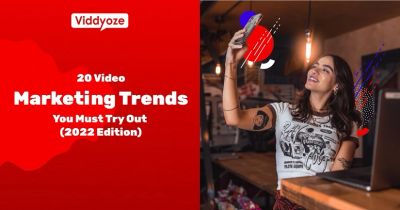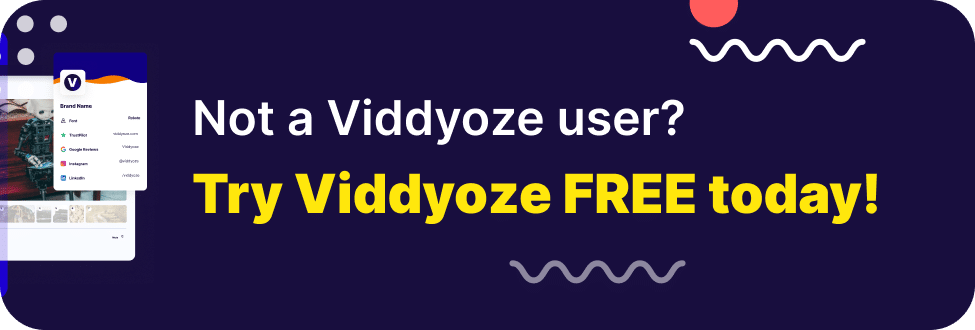2020 was one of the most uncertain, chaotic and unpredictable years in living memory. But even in those really weird moments – and there were quite a few – we kept doing what we do best, confident that we would get through the crisis.
And we did. While we had every right to be concerned – nobody knew what was going on or what was going to happen – in hindsight we could probably have been a little less anxious. After all, we’ve developed a resilient business with an offering that is increasingly relevant to more people and more businesses around the world.
One of the things we kept doing throughout 2020 was testing. It’s always been an integral part of our paid strategy, so we saw no reason to curb that activity when the pandemic made itself known. It proved to be a very good decision.
It’s a relentless process and it takes a lot of work… But it’s worth it
Fast-forward to today and we continue to test, test, test. There really is no better way of putting it. In fact, pretty much everything we do from a paid ads perspective is the result of a test. And a lot of the successes we’ve had have also come from testing.
It’s not easy, far from it. It’s a relentless process and it takes a lot of work. But it’s worth it. It’s what gives us a competitive advantage.
Which brings us on to this article, the fourth in our paid ads series. We thought it’d be useful to give you some insight into what all of that looks like, and to draw your attention to some of the key things we’ve picked up on over the years – and how we think they could help you, too.
Getting To Know Your Audience
Although you can run a test on pretty much anything, we’re talking almost exclusively about audiences in this post. Why? Because finding the right audiences for your product or service is the cornerstone of any successful paid ads campaign. Your audience, at the end of the day, is the group best suited to purchasing your product or service at a particular moment in time.
The main reason that we were able to make Facebook and YouTube work so well for us during the early months of the pandemic was because the platforms already knew who our customers were.
Facebook’s AI technology has become so intuitive in recent years that it basically does a lot of the work for us
Especially Facebook. The social media giant’s AI technology has become so intuitive in recent years that it basically does a lot of the work for us (and others in a similar position).
Getting to this point, mind, has required some serious work. You really do have to put in the effort to reap the rewards. And yes, that meant testing a lot of different audiences – – and we mean a lot – in order to feed as much data as possible into Facebook’s magic box of tricks.
So, where do you start? For us, it was close to home: our existing Facebook Fan Page, which was set up long before we started to dabble in paid advertising.
Conveniently, this page already had a good deal of interaction, so we took the data from this page and plugged it into Audience Insights. And from that we got a pretty good profile of our users, from the pages they’ve liked and their interests to where they’re located (and so on).
Build It And They Will Come… Back
This is where things get interesting. Once site traffic begins to flow, you can start building your own audiences (or, more specifically, you can start retargeting audiences).
You will need to have Facebook Pixel installed on your website for this to work. In a nutshell, this will feed all your onsite user data back into Facebook or, at the very least, the traffic that has come via your Facebook ads.
So, why do this? Well, consider that pair of trainers you’ve had your eye on. You had them in your online cart – i.e. very clear intent to purchase. However, and for whatever reason, you were distracted and started doing something else – meaning you never finished your transaction. But that’s not the end of it. Now, online, every ad you seem to see is about those trainers. Cue a return to your website, trainers back in the cart and, this time around, checkout. Retargeting will allow you to do the same. And some of the biggest returns come from this type of audience.
As you get more traffic, you’ll start to build lists of specific audiences that have behaved differently across your website. Some of the lists you could see include:
- People who have visited your website
- People who have reached the checkout page but not purchased anything
- People who have purchased something (this is a biggie)
- What people who’ve visited your site have bought
As this is happening, you’re gaining new audiences to test your creative on. And, also, at the same time, Facebook is becoming more aware of who your customers actually are – meaning those broad audience searches for “digital marketing” start to become more focused, more efficient and more accurate.
Do I Know You? Looking For Lookalikes
Next, lookalikes. This very powerful capability from Facebook allows you to spread your audience net far and wide, while lasering in on exactly the sort of customer you want. For the nitty-gritty on how to do it, see here.
Say you’ve had 1,000 people buy your product after clicking on one of your ads. You can now ask Facebook to take that dataset – their interests, online behaviors, etc – and use it to find new audiences elsewhere.
Now you have a new audience of two million people…
For example, you could ask Facebook to locate 1% of the US population that best fits that set of data points. Now you have a new audience of two million people – two million people who have the same traits as those who have already purchased your product or service. Like we said, very powerful.
The bigger your seed audience gets, the better the lookalike. And once you have around 10,000 plus buyers, this is when Facebook really begins to understand who you are looking for.
To Infinity And Beyond
The possibilities for audiences on Facebook are pretty much infinite. Here, we’ve outlined three broad types of audience that you can target. But within these there are thousands of variations you can tweak and change. Basically, the capacity for testing is limitless.
And, arguably, it needs to be. That’s because what works one day, might not the next. The reasons for this aren’t straightforward, but the simple lesson is this: the businesses that get the most out of Facebook ads are the ones that are constantly trying new things – always ‘launching’, as we put it.
For context, at the moment, we make around 10 new creatives a month, with 5–10 different creatives usually powering 100 plus ads over Facebook and YouTube a week. This level of output really took off during the first lockdown, and at one point we were spending approximately $30,000 a day.
When you’re spending that much, it’s vital that you keep things fresh to ensure that it’s money well spent. One part of that is avoiding creative fatigue (i.e. everyone’s seen your ad so it stops working). The other part is finding new audiences – and then to test, test, test.
This article is part of our What We Learnt Spending $1 Million On Paid Ads Over 30 Days series. Check out the others below (this will be continuously updated):
- There Will Always Be Buyers (Even In A Pandemic)
- How To Build An Awesome Landing Page That Converts
- How To Make a Facebook Video Advert That Actually Converts
- When It Comes To Paid Ads: Test, Test, Test
- Scaling Up: When Things Are Working, They’re Working For A Reason
- Building, Maintaining And Protecting You Brand Online
- The Importance Of Being Everywhere: Our Cross-Platform Ad Strategy
- Paid Advertising: Know Your Numbers
- Video Ads: Accept Things Will Break



